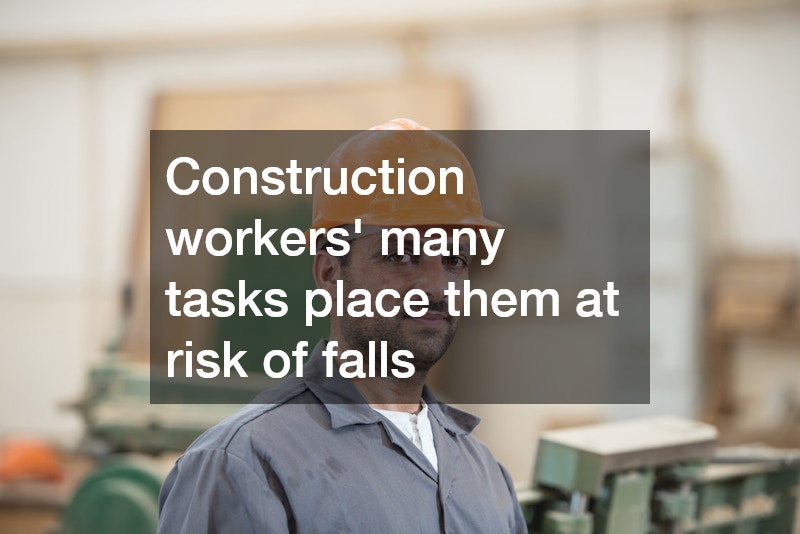
If you’re the manager of a construction company, you have a responsibility to keep your employees safe. Construction workers’ many tasks place them at risk of falls, so one of your goals should be to develop a Fall Protection plan for your company. According to OSHA, your first steps as a manager should include reviewing all the risks and fall hazards your workers face.

Once you know the risks your employees face, you’ll need to begin choosing fall prevention equipment that fits those risks. Positioning equipment is a type of fall safety gear that the employee wears to hold the worker in place while they’re working. The most common types of these devices are fall harnesses; they keep the person’s arms free to work but prevent them from falling further than two feet. Restraint devices keep employees from reaching an unprotected ledge.
Employees who are at risk for falls further than four feet would benefit from a Fall Arrest System. These devices are intended to absorb some energy when a person falls, preventing serious injury if a fall occurs. Once you select your fall protection strategies, it is essential for you to provide fall protection training for your staff. Ensure proper fall protection to keep your employees safe.

It is no secret that construction workers lifting gear, rigging equipment, and material handling are at risk for falling and other accidents. OSHA follows a three step program to prevent falls and accidental deaths; plan, provide, and train.
Plan
Before you go ahead and purchase fall protection equipment, you need to determine the different risks and potential fall hazards in your workplace. The first step of action needed is to eliminate the potential risk of falling, and this could be as simple as moving your work to a ground floor.
Provide
It is essential you provide your team of employees with the right fall protection equipment.This can be split into three categories:
1. Positioning
These are protective equipment that holds the worker in place when they are working, allowing them to be hands free. They limit falls to only two feet. They include full body harnesses, a connecting device that links you to a sturdy object, an anchor point that has been assessed by a professional to be completely safe and can hold double foreseeable force, and fall arrest backup which includes shock absorbing lanyards. Without this fall arrest backup protection, a person can fall up to seven feet in two-thirds of a second. When testing these, the minimum weight of 300 pounds should be used.
2. Restraint
These are meant to protect a worker from reaching an unprotected ledge. This is done by limiting the length of the connector. One can also set up nets or slings in order to prevent any accidents.
3.A personal fall arrest system
These are devices meant to absorb energy when a person falls. This applies to any fall four feet or lower in general workplaces, five feet in shipyards, six feet in construction areas, and eight feet in longshoring operations.
When wearing a harness it should fit snug across the waist, shoulders and pelvic area. This is so in case the worker falls, the pressure of impact is absorbed through the trunk of the body not just the abdominal region. It is also important that the anchor point it is connected has been inspected so there is no chance of falling.
